Dark is the first German original series produced for Netflix. The story focuses on the disappearance of a boy in the small town of Winden and how the lives of the four families searching for him are connected.
When the residents discover a tunnel that allows them to travel 33 years into the past or future, the question becomes not Where, but When?
1. Quick Review
Dark
Air Date: December 1, 2017 Status: Finished Studio: Wiedemann & Berg Television No. of Seasons: 3 No. of Episodes: 36Although the initial premise looks similar to Stranger Things, Dark quickly drops that illusion. A show which makes the user work hard and draw their own conclusions is best enjoyed by drawing a timeline and a family tree.
As the series progresses and more and more paradoxes and twists open up, one realizes that Dark is an immersive experience for the hard-core sci-fi fans and not for the casual viewer.
2. Is It Worth Watching?
Dark like Stranger Things is centered around the disappearance of a boy from a small town. His friends and family quickly start their own investigations when the police are unable to find any new leads.
This, along with the background 80s music, is the only similarity between the two shows. While Stranger Things has relatively simple explanations for any phenomenon and barely has any mystery, Dark is the complete opposite. You’ll be examining the set design, score, and even the props for clues.
I. Plot
Mikkel’s disappearance and the discovery of a tunnel that allows people to travel into the past or future open up a series of paradoxes for Dark.
The first season examines how people from one timeline get stuck in another, forcing to form different relationships in Winden. It essentially explored which character is an older version of themselves and how the show’s central character Jonas is linked to each family.
The first season manages to execute its planned plot twists in a marvelous reveal. While there are only two timelines- 2019 and 1986 the show is pretty straightforward. As the season progress, another timeline 1953 is added, and this complicates matters.
The second season instead of slowing down the pace and explaining some of the story arcs, steps up the tempo and adds two more timelines into the mix- 2053 and 1921.
The show explores the theory of non-linearity of time and how time-travelers do not have free will. Their struggle as they realize that they are mere pawns in the game of time is one of the central themes explored through Jonas.
II. Cast
The show features an extensive cast, which gets even more confusing as it progresses. Some characters are alive in two timelines and some in three. The mystery of who is related to whom and belongs to which timeline cannot be charted without the help of graphs.
It is impossible to single out an exceptional stand-alone performance as each character plays their part in the progression of the story.
The cast is wonderful with stellar performances across the board as different actors play the childhood, middle-aged and elderly version of the same character. This also helps to showcase the evolution of a character’s personality over the years.
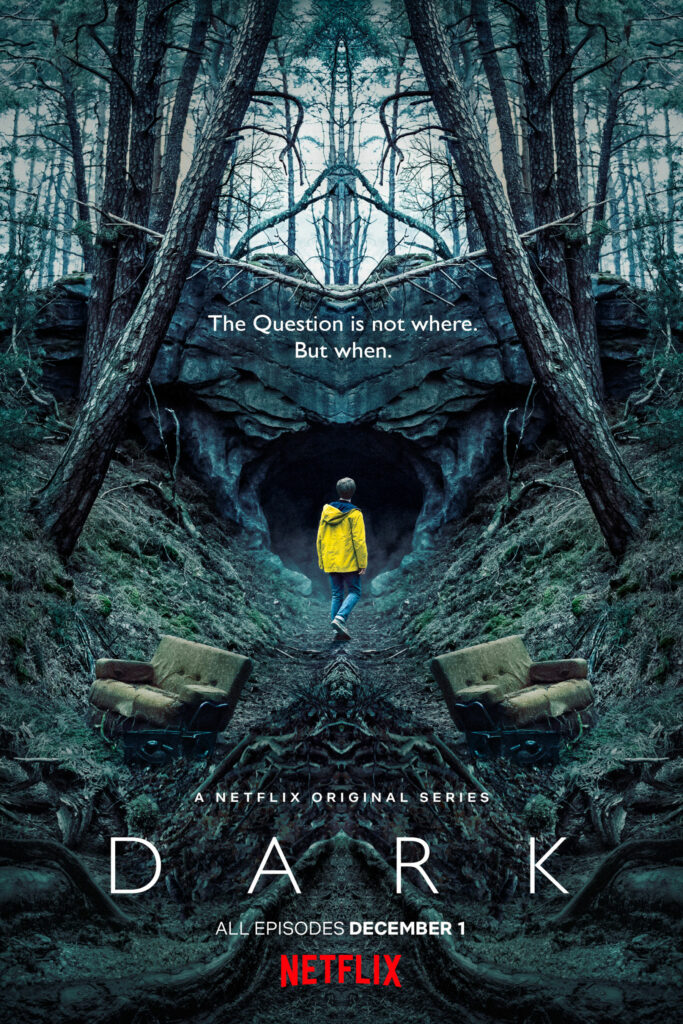
III. Visuals and Music
The gloomy, thumping score throughout the series as Jonas discovers the far-reaching consequences of time-travel is fantastic. It elevates the discovery of each secret and adds an additional layer of mystery in each twist. The cinematography and set design are also visually-pleasing as Netflix sees that money is put to good use.
From the twisting and dark Winden Caves to recreating the same town in different timelines, Dark is a luxurious mythical sci-fi show because of its visuals and music.
IV. Detailed Review
The genius of Dark is how the creator, Baran Bo Odar, and Jantje Friese have managed to link every piece of the puzzle so far. They give us a multi-tier story spanning multiple timelines in which no character is playing one small part.
They explore how free will cannot be exercised without breaking the physics of time-travel, and the characters feel trapped by the plot because they are. The repetitive reminders that Time is a loop and one’s actions influence the past and the future are also an interesting trope to explore, which the showrunners do well.
The problem lies in the obscurity of the plot. While Season 1 merely explored which character could be linked to another family and how they could lead different lives in different timelines. Season 2 plunged head-first into secret societies and 2 more timelines.
Some of the tracking characters in 5 timelines are constantly traveling back and forth as they please is more than any viewer signed up for. It adds so many paradoxes and even introduces one to explain some of the plots that the people stop trying to figure out who’s going to do what and when.
Initially, the show gave textual markers with the year in which the scenes were taking place. As it progresses, they become fewer and further between, making it more confusing. Season 2 starts with even more pace than the first and the massive cast carries on. The viewers are expected to remember who is what and where, which starts to feel like a headache.
It’s not for nothing that Netflix had to create an extensive guide explaining the characters and their roles and that its Wikipedia page features some of the weirdest cast descriptions you’ve ever seen along with a family tree!
3. Final Thoughts & Grade
Dark is an amazing show for the sci-fi fanatics out there. It will give you multiple plot points to discuss and have you searching for loopholes in a tight-knit plot.
But, it is not recommended for those jumping into the genre for the first time or looking for something relaxing to binge. The final season has a lot of explaining to do as fans eagerly await the conclusion of this epic German Saga.
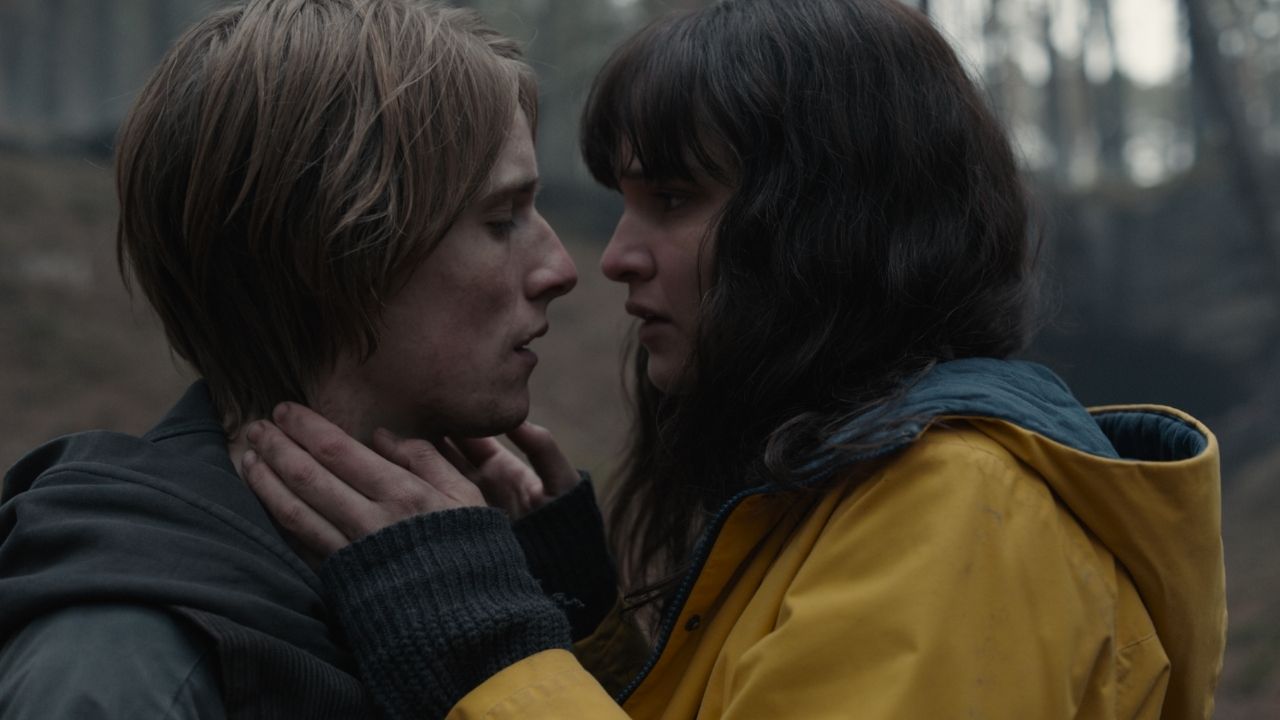

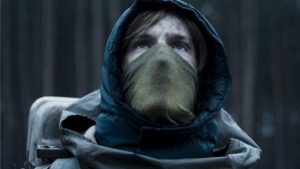
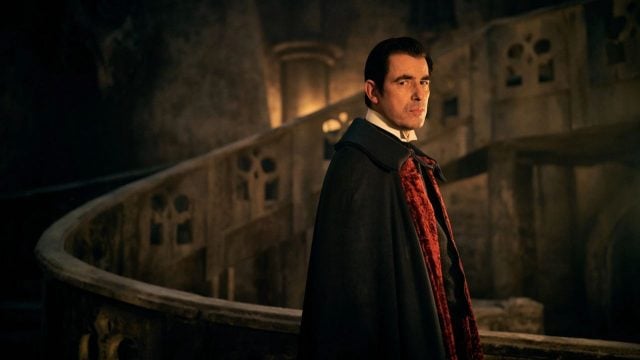

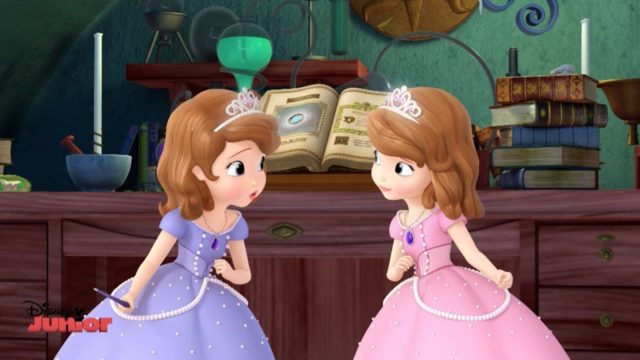
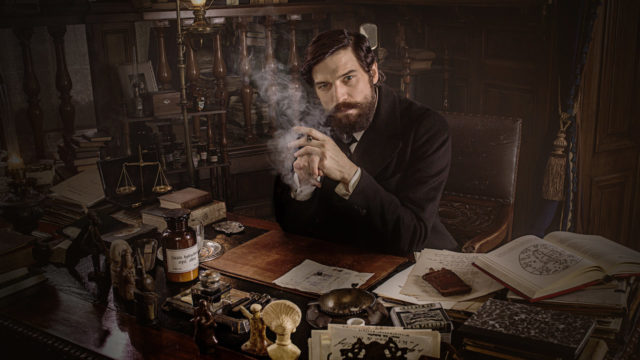
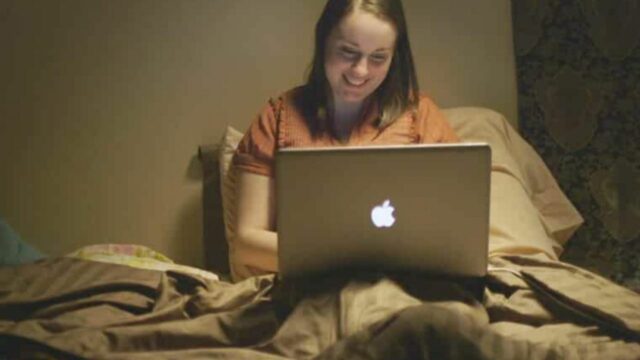
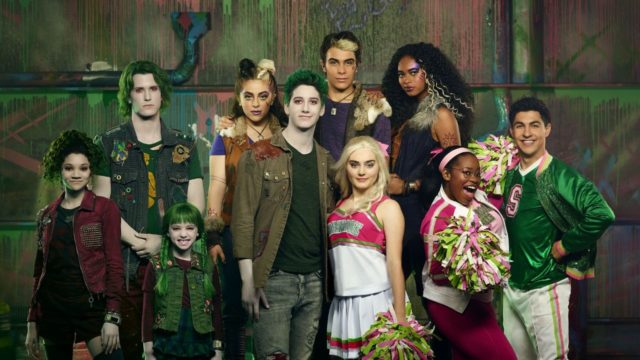
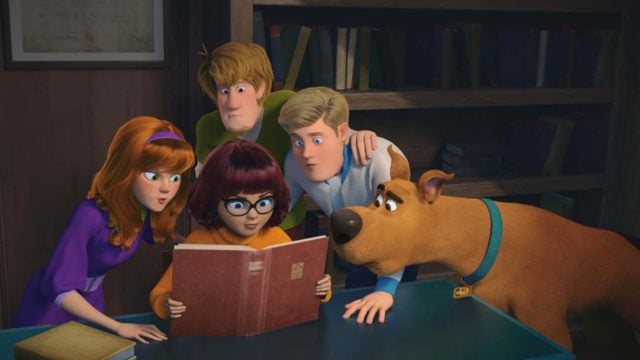
No Comments on Is Netflix’s ‘Dark’ Worth Your Time? A Complete Review